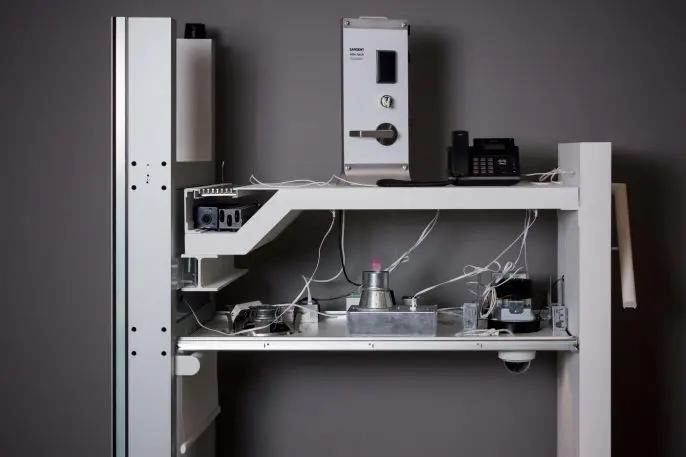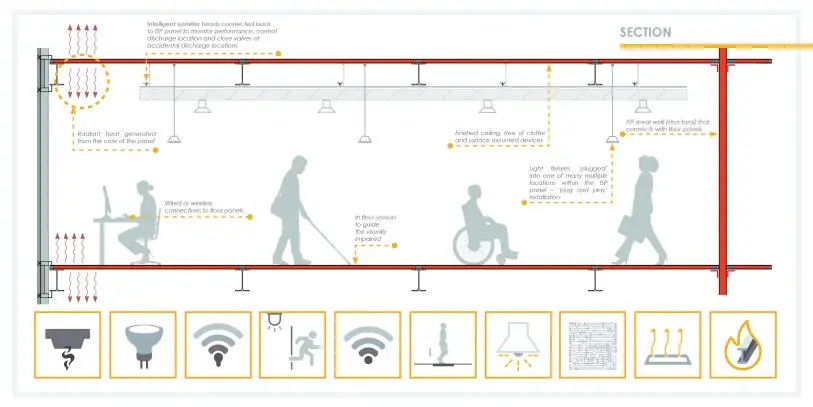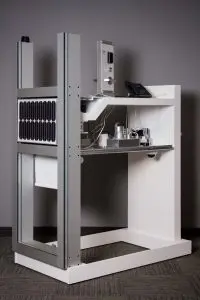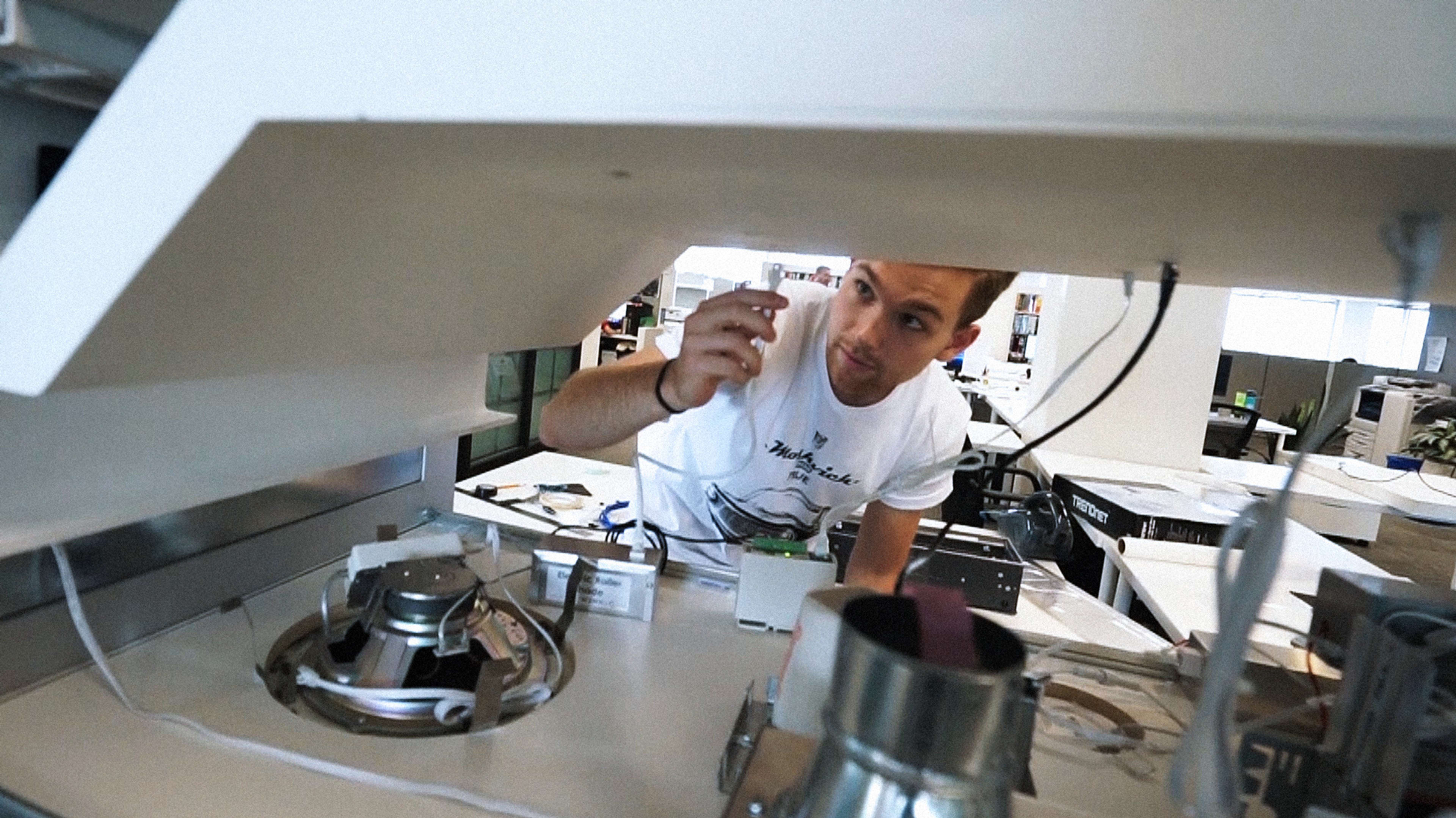Buildings are terribly inefficient. According to the Environmental and Energy Study Institute, they’re responsible for an estimated 39% of CO2 emissions in the U.S.–this, despite countless new smart devices that promise to curb energy usage. Part of the problem is that products like Nest thermostats and Lutron lighting systems offer one-off solutions; they aren’t working in tandem to reduce energy consumption overall.
Toronto firm WZMH Architects, the designers that built the city’s iconic CN Tower, believes that a concept for new, green “plug-and-play” infrastructure will usher the architecture and construction industry into the 21st century. It began as an abstract talking point in a client meeting last year. Now, the firm is working to make the idea a reality, forming a team to produce the Intelligent Solution Panel, or ISP–what principal and project lead Zenon Radewych calls the “next building block of our future.”

Working with the Insider Labs as advisory consultants, Radewych and the 12-person ISP project team (which consists of additional members from the engineering firms Quasar Consulting Group, Stephenson Engineering, and startup C3PoE), are refining a prototype that could see test applications in the next six to 12 months.

The ISP, in short, is a smart building block for 21st-century buildings. According to Radewych, it could be scaled for use in any sort of building type, from residential to high-rise commercial. Physically, the ISP is modeled after an SPS unit–short for Sandwich Plate System, an engineered, structural composite material that’s commonly used in the building and construction market. It would similarly come as a prefabricated, modular component, making it cheap and space-efficient.

From a construction standpoint, ISP’s prefabricated modules, if successfully implemented, would translate to fewer materials, less labor, and less waste; from a climate change standpoint, the low-voltage solution Radewych describes would cut down on greenhouse gas emissions.
Innovation, of course, is always a double-edged sword. Data and cybersecurity concerns are a major source of public anxiety these days, and IoT devices are particularly vulnerable to hacking. When I ask Radewych if the ISP system has any built-in solution to this, he only offers that it will be “up to the manufacturer” of each IoT product, and argues that the potential benefits outweigh the fears–a sentiment that has been echoed before in surveys on the topic.
There are clearly roadblocks to figure out before ISP is implemented widely–but in an era where climate genocide is now being discussed as an increasingly unavoidable outcome, a major infrastructural shift is needed.
Recognize your brand's excellence by applying to this year's Brands That Matters Awards before the early-rate deadline, May 3.
